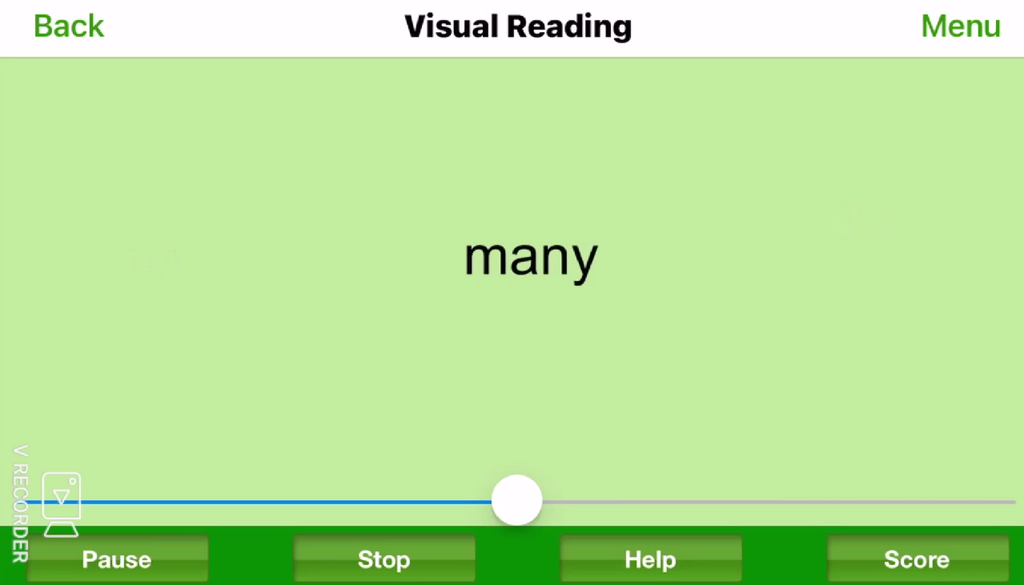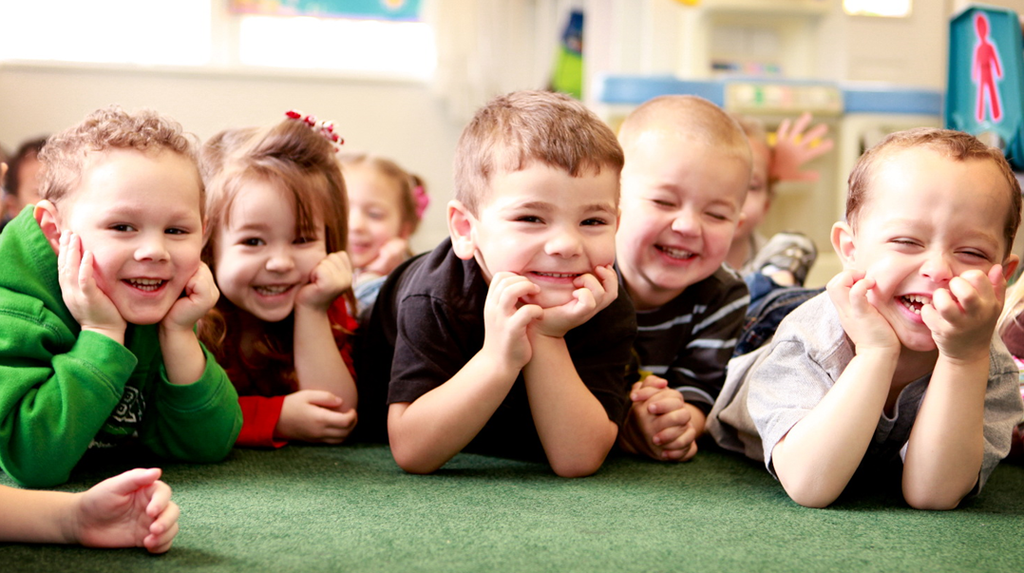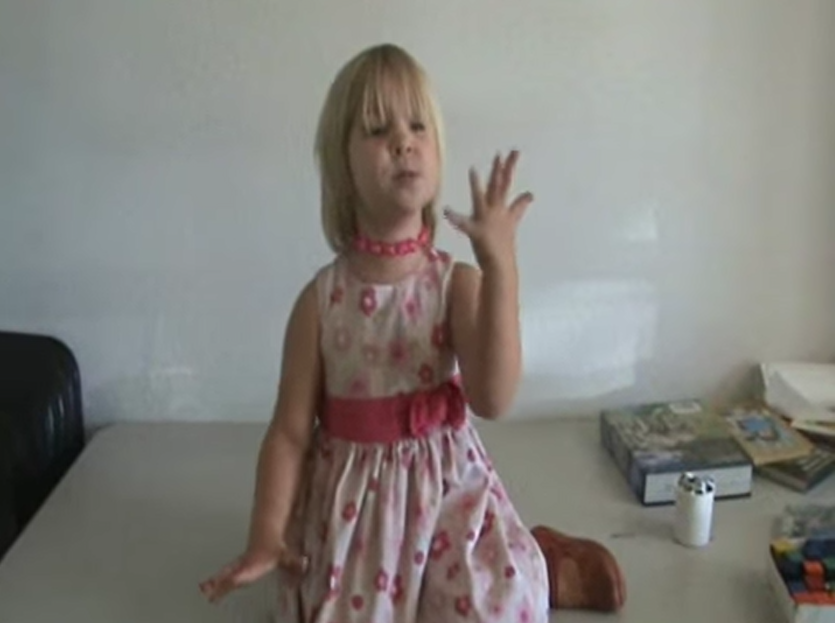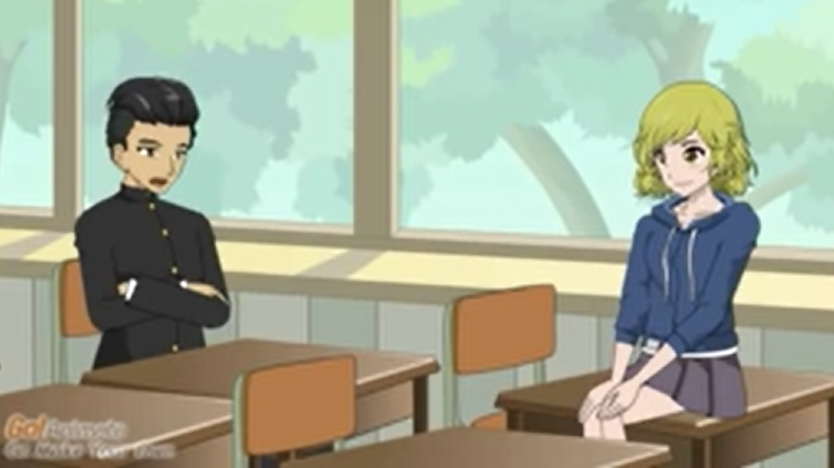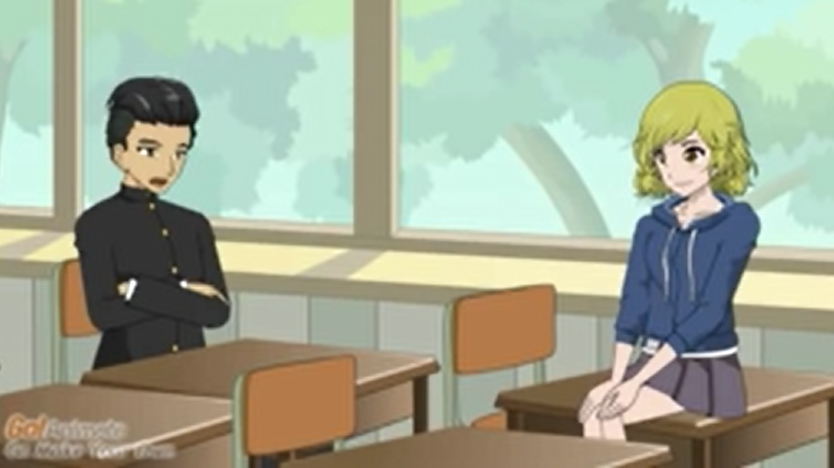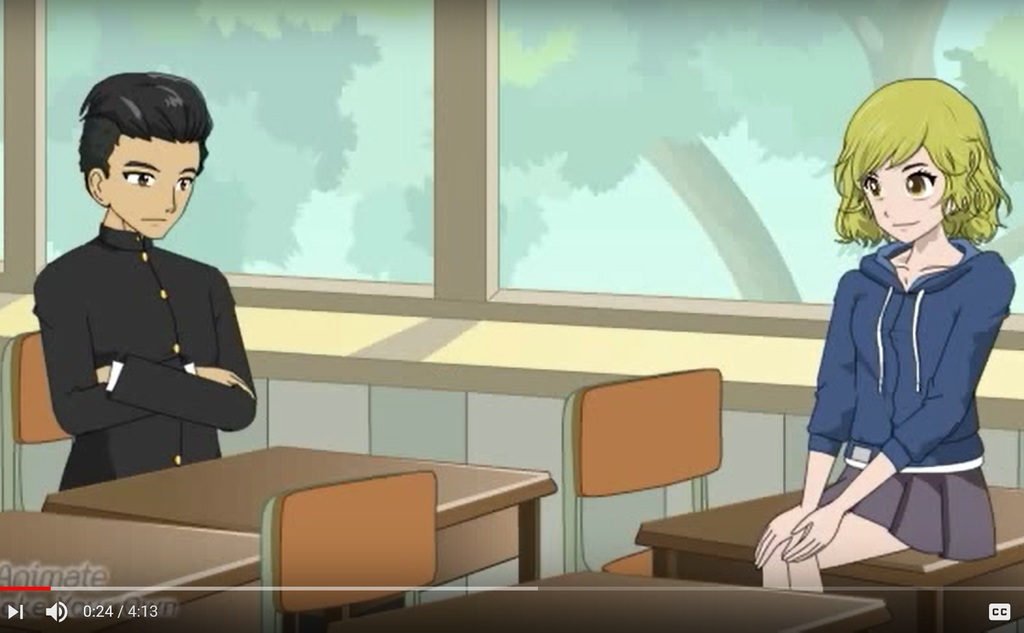Your cart is currently empty.
Visual Reading
While most children will naturally learn to read using a phonics-based approach, some students, including many dyslexics will struggle with a phonics-based approach.
More about Reading with Dyslexia.
Reading with Dyslexia is a Do-It-Yourself Guild to reading and...
